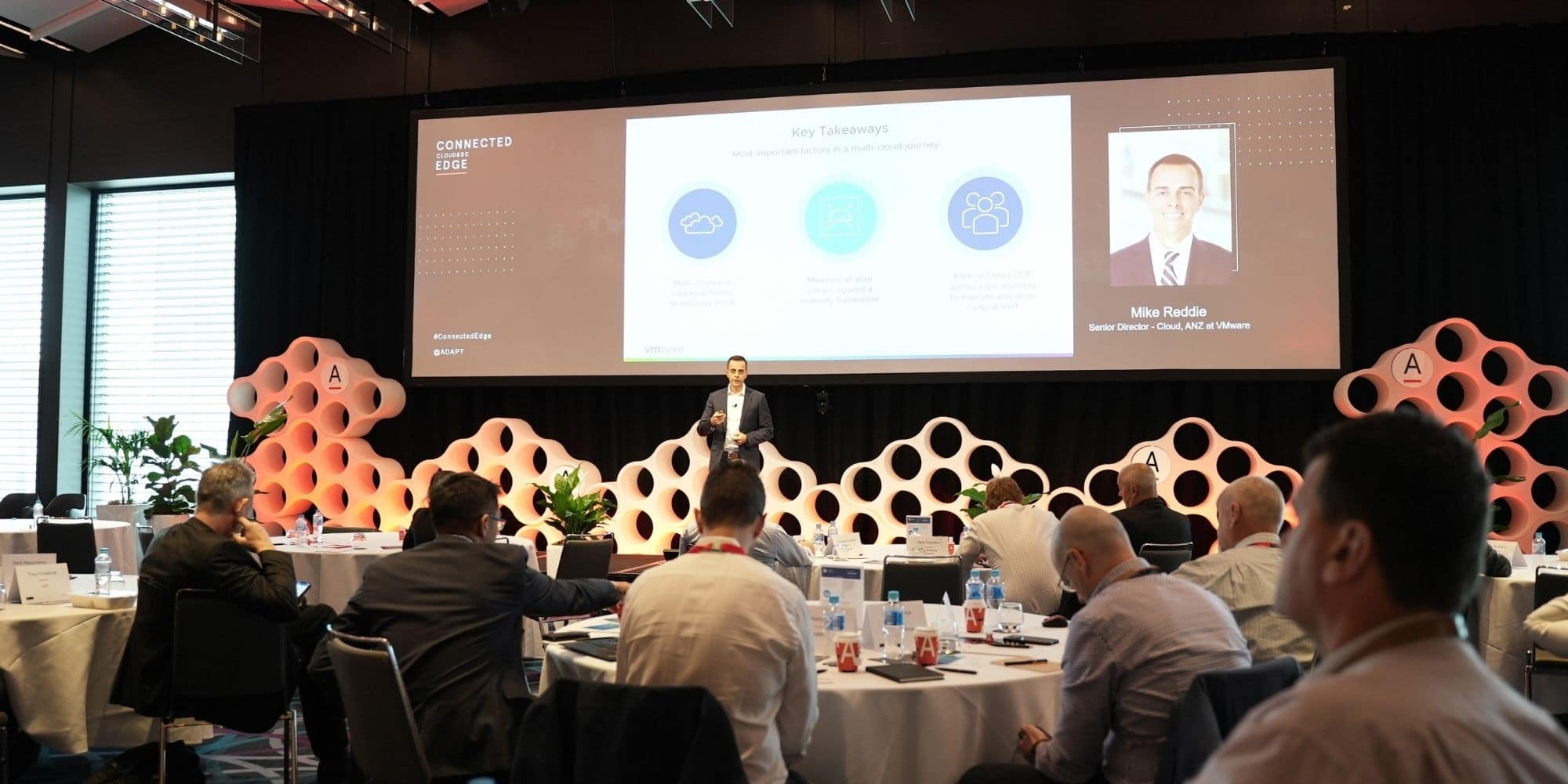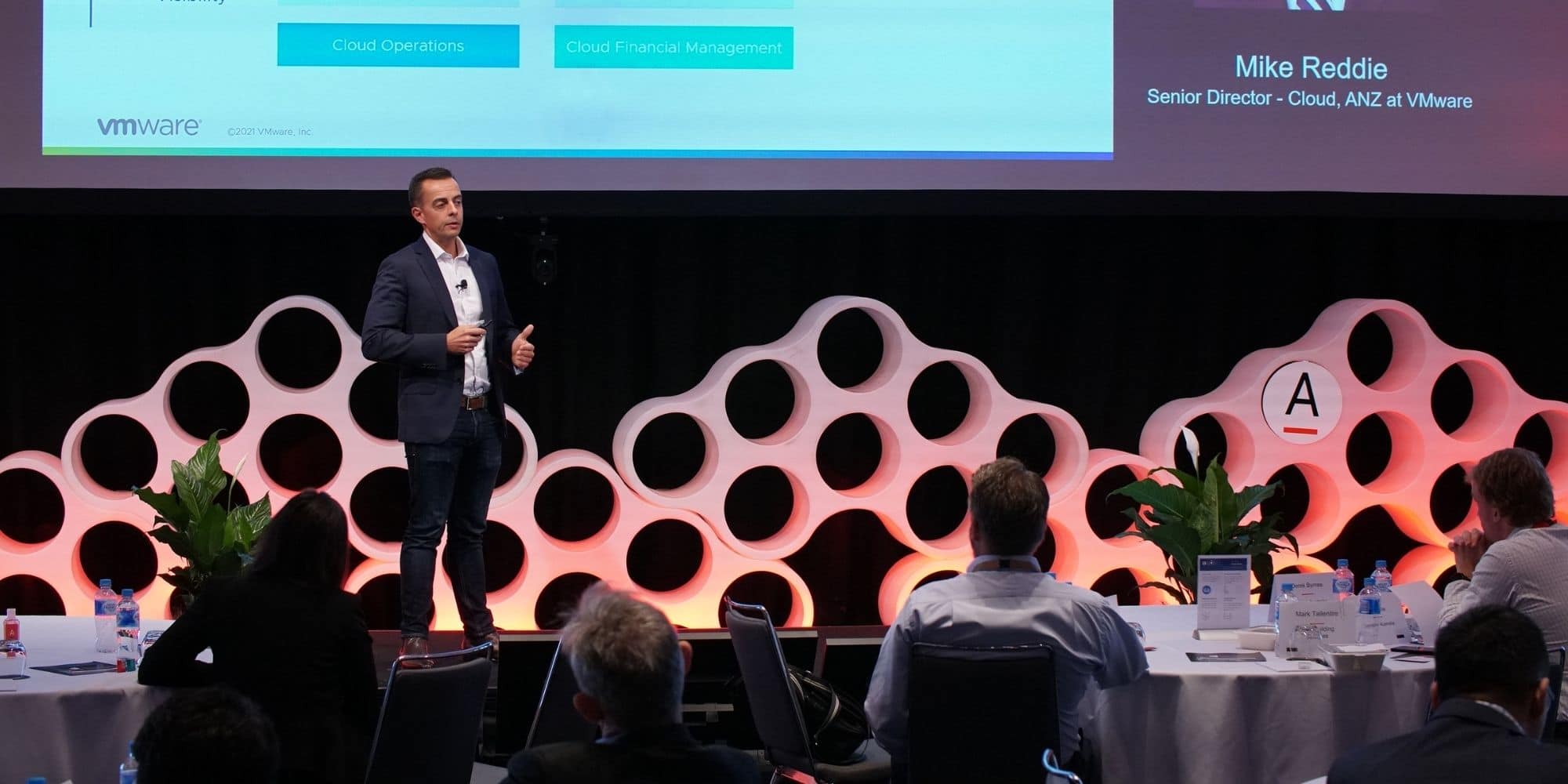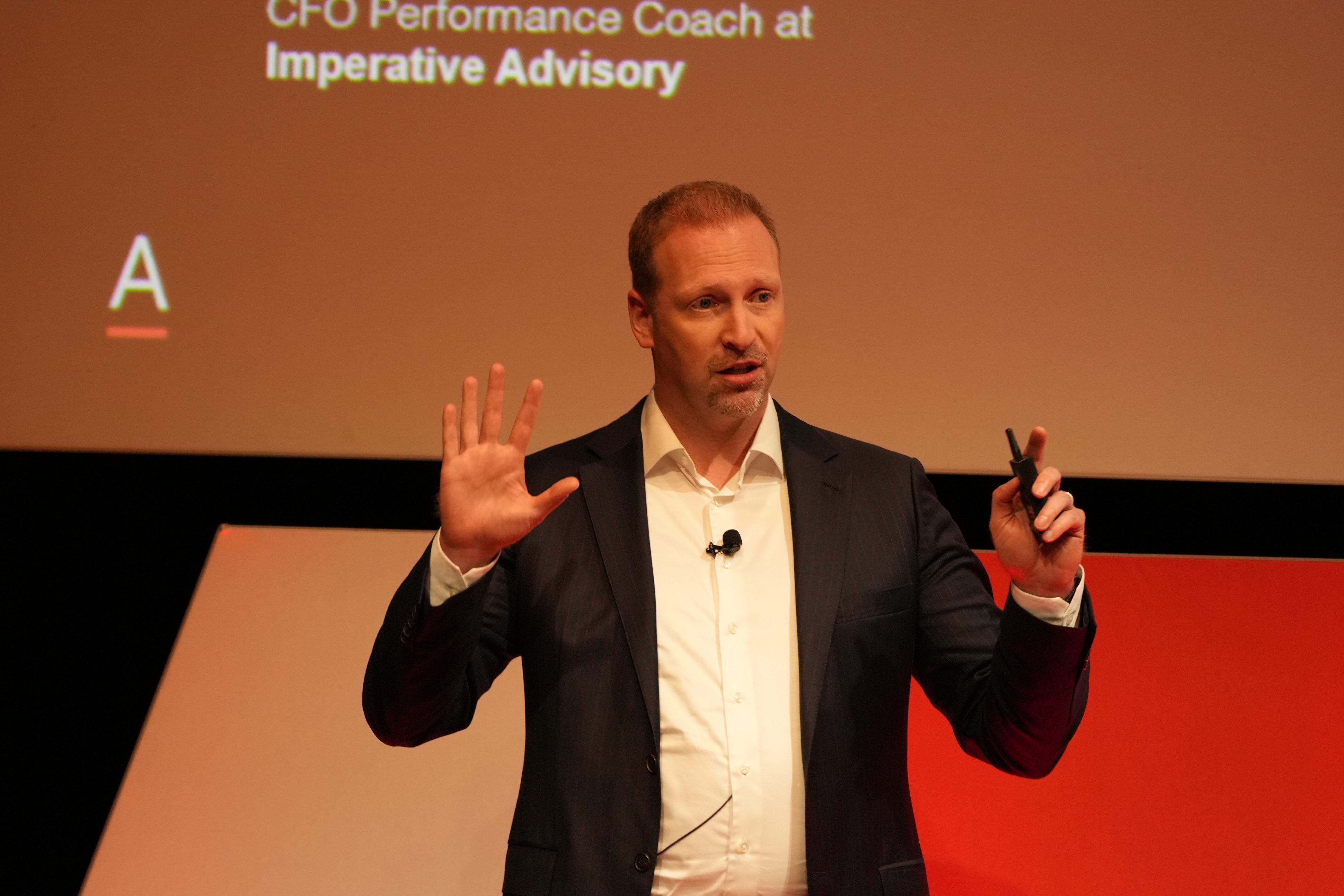Infrastructure leaders are orchestrating multi-cloud operating environments and migrating mission-critical core apps while reducing refactoring time and costs.
A critical factor in this grand undertaking is how effective organisations are at reducing total cost of ownership (TCO) and optimising cloud economics to avoid migration and operational cost surprises.
Undoubtedly, companies who hesitate in migrating their workloads to the cloud will be left behind.
At ADAPT’s CCDC Edge, Mike Reddie, Senior Director of Cloud ANZ at VMware, shares a tangible pathway to balance executing your overarching cloud strategy whilst delivering both agility and cost optimisation to the business.
To unlock the full keynote video and access an entire catalogue of ADAPT’s expert presentations, localised research, case studies, downloadable data and community interviews, speak with a Senior Research Consultant today.
Transcription:
What are the elements of a successful multi-cloud strategy?
Let’s look at this over two axes. Firstly, on the vertical, let’s explore maturity over four key items. Visibility, optimisation, governance and automation and business integration.
Visibility is about managing optimisation and reducing waste.”
Think about wasted labour wasted cost, any form of waste, governance, and automation.
What are the rules, deviations automatically detected and fixed, and business integration? This is where your tech strategy and your business strategy merge.
We think there are three most important pillars that we want to measure on this maturity scale on this framework from our work in the field.
Firstly, let’s look at Cloud operations. From a visibility perspective, can you see what you’re using? Can you see how it’s configured across your whole organisation?
Let’s talk about optimisation. Do you have templated standards? When people build things, do they leverage templates? Or do they have to rebuild the wheel every time they go and do something from a governance and automation perspective to automatically detect and right-size instances that don’t meet standards?

From a business integration perspective, do you measure the success or success of your cloud platform by the time it takes you to get a new product or service to market?
Let me give you an example of this in the field. We work with a major Australian FSA organisation, where every month they run an automation process, which detects all the instances created over the last period and gives the platform architects an opportunity to the right size and get back in line with the standards.
It’s an example of automation helping here and these cloud environments are big and complex.
It makes sense to use automation to capture these things. It’s very easy to overlook this type of stuff.
Secondly, let’s look at Cloud financial management. Can you see what you’re spending across the organisation? Can you build it back? By division? It’s obvious, but it’s a very common requirement. Optimisation. Are you actively identifying wasted spend?
A recent survey in the industry showed that up to 30% of cloud spend was either wasted or could be avoided.
From a governance and automation perspective, are you automating cost control, and then you’re delegating the approvals of overspend to the team leaders to keep the business moving and keep those approvals coming through fast and keep the momentum in the business?
From a business integration perspective, you can constantly look at ways to improve the profitability of your products and services by fine-tuning your cloud spend.
To unlock the full keynote video and access an entire catalogue of ADAPT’s expert presentations, localised research, case studies, downloadable data and community interviews, speak with a Senior Research Consultant today.





























